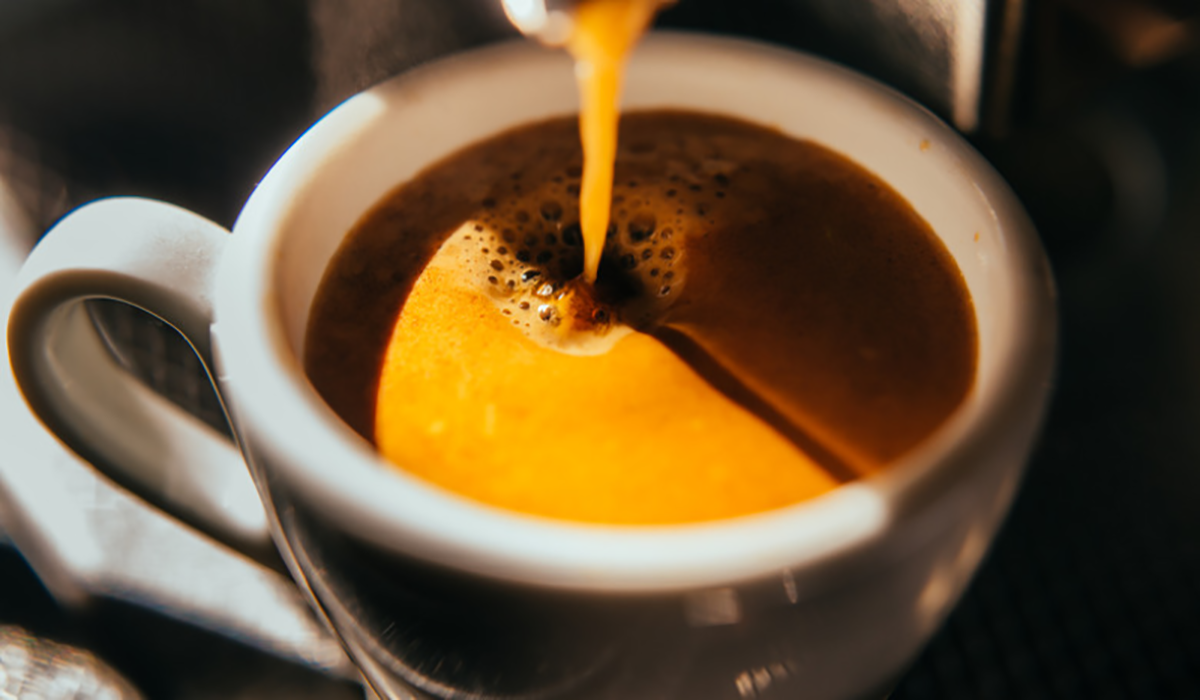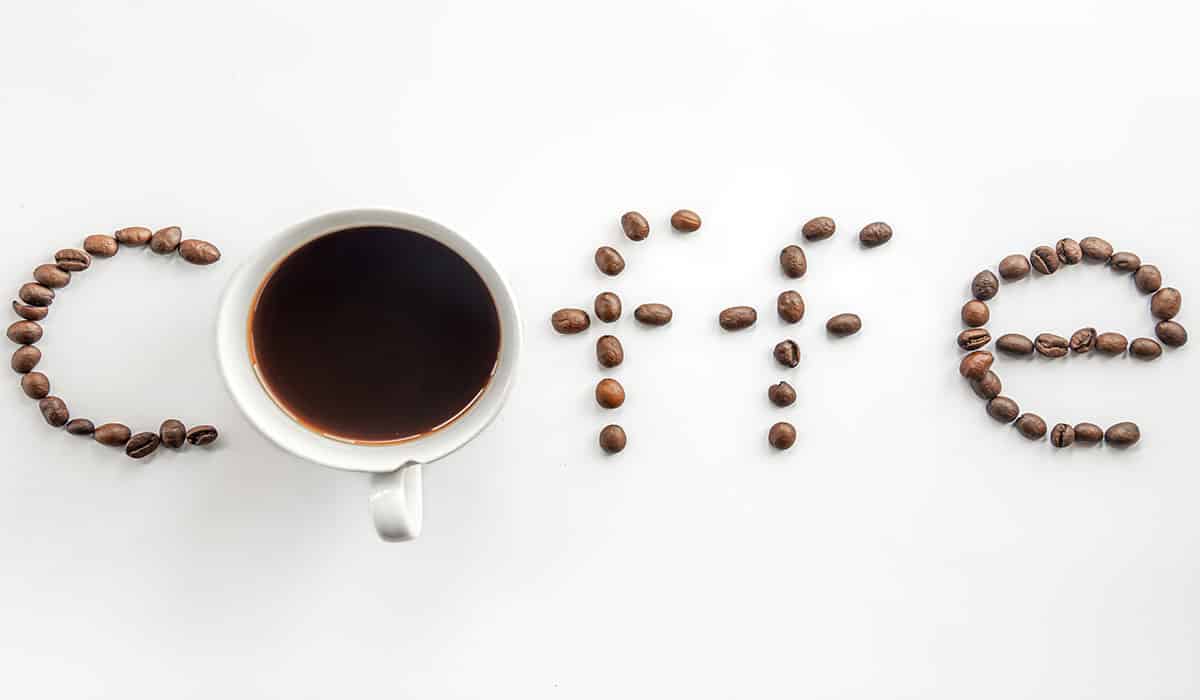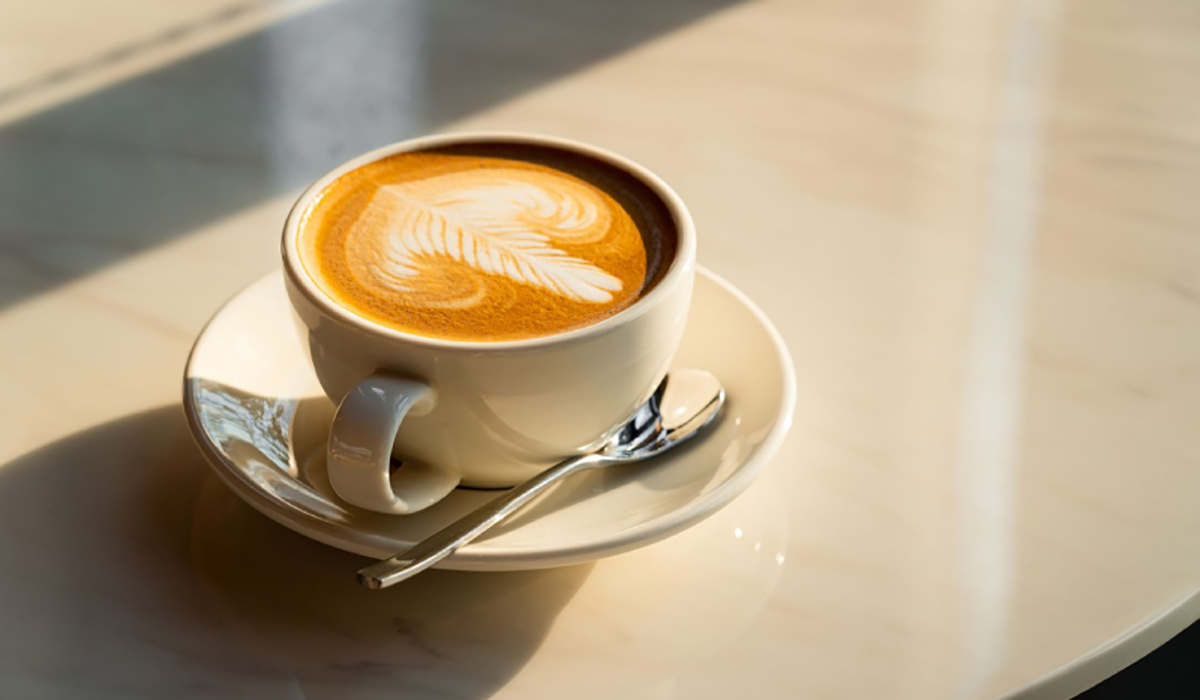Which coffee has the highest caffeine content?

When it comes to coffee, one of the first questions that comes to mind is: how much caffeine is in each gram of coffee? The truth is, the amount of caffeine in coffee can vary greatly depending on the type of bean, the brewing method, and the serving size. In this article, we will explore the caffeine content of different types of coffee so you can know exactly what you’re drinking.
Caffeine Content in Different Types of Coffee and Its Impact on Health
For those whose bodies react strongly to caffeine but who still want to start their mornings with coffee, low-caffeine coffee is recommended.
However, for athletes or anyone who wants to kick off their day with an explosive burst of energy, a strong cup of coffee rich in caffeine can be the perfect companion. If you are looking for an energizing morning blend, options like Diamante blended coffee can provide a balanced yet stimulating experience.
But what factors influence the amount of caffeine in coffee? Does Turkish coffee have more caffeine than espresso? How much caffeine does instant coffee contain? And what are the side effects of high-caffeine coffee? In the following sections, we’ll take a close look at the caffeine percentage in Arabica and Robusta beans, various brewing methods, and the effects of caffeine consumption.
Factors That Affect the Amount of Caffeine in Coffee
1. Coffee Bean Type
There are two main types of coffee beans in the world, with notable differences in their caffeine levels:
- Arabica Coffee: Contains 1.1% to 1.7% caffeine.
- Robusta Coffee: Contains 2% to 4.5% caffeine — roughly double that of Arabica — and has a stronger taste.
Robusta is often recommended for athletes or those seeking higher caffeine content in their cup. Specialty blends like Diamante Robusta Coffee and Diamante Arabica Coffee offer premium versions of these beans with unique flavor profiles.
2. Brewing Method and Its Effect on Caffeine Content
Different coffee brewing methods change the amount of caffeine extracted. Here’s a table showing average caffeine levels for common brewing styles:
| Brewing Method | Serving Size | Caffeine (Arabica) | Caffeine (Robusta) | Key Notes |
|---|---|---|---|---|
| Espresso | 30 ml | 63–100 mg | 126–200 mg | High concentration; base for cappuccino/latte |
| Turkish Coffee | 60 ml | 85–110 mg | 160–210 mg | Fine grind, long contact with water |
| French Press | 240 ml | 100–137 mg | 200–274 mg | Long extraction, strong flavor |
| Cold Brew | 240 ml | 150 mg | 300 mg | Long steeping time (8–24 hours) |
| Instant Coffee (Gold) | 240 ml | 80–120 mg | – | Quick and easy, but lower caffeine than brewed |
Quick takeaway: Cold brew and Robusta espresso have the highest caffeine content. Instant coffee (such as gold blends) has less caffeine than traditionally brewed coffee.
For espresso lovers, the Best robusta for espresso in Iran often combines high caffeine with bold flavor, making it ideal for strong shots.
3. Effect of Roast Level on Caffeine
A common misconception is that darker roasts mean more caffeine. In reality:
- Light Roast: Has slightly more caffeine than dark roast because it retains more moisture.
- Dark Roast: Slightly less caffeine, but the difference is minor and won’t significantly affect daily intake.
How Much Caffeine Is in Each Gram of Coffee?
On average, each gram of coffee contains about 12–15 mg of caffeine. This number depends on many factors, including bean type (Arabica or Robusta), brewing method, and roast level. Robusta has nearly twice as much caffeine as Arabica, so the type of bean you choose plays a major role.

Caffeine Percentage in Different Types of Coffee
Arabica typically contains about 1.2% caffeine, while Robusta has around 2.2%. This means that 10 grams of Arabica delivers about 120 mg of caffeine, while the same amount of Robusta provides about 220 mg. This difference is noticeable in both energy levels and physiological effects.
Caffeine Content by Coffee Type
Turkish Coffee
High caffeine content due to fine grind and long contact time with water: 85–210 mg per 60 ml, depending on bean type.
Arabica Coffee
Average 80–100 mg of caffeine per 240 ml, less than Robusta.
Instant Coffee
Instant gold blends have 80–120 mg per 240 ml. Suitable for evening consumption. Brands like Diamante Coffee also offer instant options for those seeking convenience without sacrificing flavor.

Robusta Coffee
Up to twice the caffeine of Arabica. Often used in instant coffee and industrial espresso blends.
Double Espresso
A single shot has 60–80 mg; double shots contain 120–150 mg, sometimes more with Robusta blends.
Moka Pot Coffee
Typically 90–120 mg per cup; over 140 mg if Robusta is included. Lower pressure and slower extraction than espresso coffee.
How Much Caffeine Is in One Shot of Coffee?
The amount of caffeine in a shot of coffee depends on the coffee type and brewing method, but on average:
A standard 30 ml espresso shot contains about 63 to 75 mg of caffeine. This amount can vary, of course.
| Coffee Type | Shot Volume | Average Caffeine |
|---|---|---|
| Arabica Espresso | 30 ml | About 65 mg |
| Robusta or Blended Espresso | 30 ml | About 80 to 90 mg |
| Double Espresso (Double Shot) | 60 ml | About 125 to 150 mg |
| Moka Pot Espresso (Stovetop) | 50–60 ml | About 90 to 120 mg |
Robusta can double the caffeine content compared to Arabica.
Side Effects of Excessive Caffeine Intake
Too much caffeine can cause:
- Insomnia, especially if consumed late in the day.
- Anxiety and restlessness.
- Increased heart rate and blood pressure.
- Digestive problems like acid reflux.
Recommended Daily Caffeine Limits
Health authorities recommend no more than 400 mg per day for adults (about 4 cups of filtered coffee or 4 espresso shots). During pregnancy, limit intake to 200 mg per day.
Which Coffee Has the Most Caffeine?
- Highest caffeine per small volume: Robusta Espresso (200 mg per 30 ml)
- Highest caffeine per large volume: Robusta Cold Brew (300 mg per 240 ml)

Tips to Reduce Caffeine Intake
- Choose decaf coffee (0–7 mg per cup).
- Mix Arabica coffee with milk to slow absorption.
- Reduce the number of daily cups and replace some with herbal tea.
Many coffee lovers switch to Diamante Specialty Coffee for a refined flavor with customizable caffeine levels.
Summary
- 12–15 mg caffeine per gram of coffee.
- 1.2%–2.2% caffeine content depending on bean type.
- Robusta has up to twice the caffeine of Arabica.
- Double espresso: 120–150 mg caffeine.
- Moka pot coffee: 90–120 mg per cup.
Buying Decaf and High-Caffeine Coffee from Diamante
In short, caffeine content depends mainly on bean type. Robusta has roughly twice the caffeine of Arabica, making it the choice for a stronger brew. Arabica and instant gold coffee have less caffeine. While caffeine boosts focus and energy, overconsumption can cause side effects. Always listen to your body to find the right balance.
From Diamante Arabica Coffee to Diamante Robusta Coffee, our online store offers a wide selection for every preference at competitive prices.
Frequently Asked Questions
1.How much caffeine is in each cup of coffee?
The amount of caffeine in a regular cup of coffee ranges from 80 to 120 mg, but this depends on the type of bean and brewing method.
2.Does espresso have more caffeine than drip coffee?
In equal volumes, espresso is more concentrated and contains more caffeine, but since drip coffee is consumed in larger amounts, its total caffeine can sometimes be higher.
3.Is decaffeinated coffee really caffeine-free?
No, decaf coffee still contains a small amount of caffeine (about 2 to 5 mg per cup), but it is much less than regular coffee.
